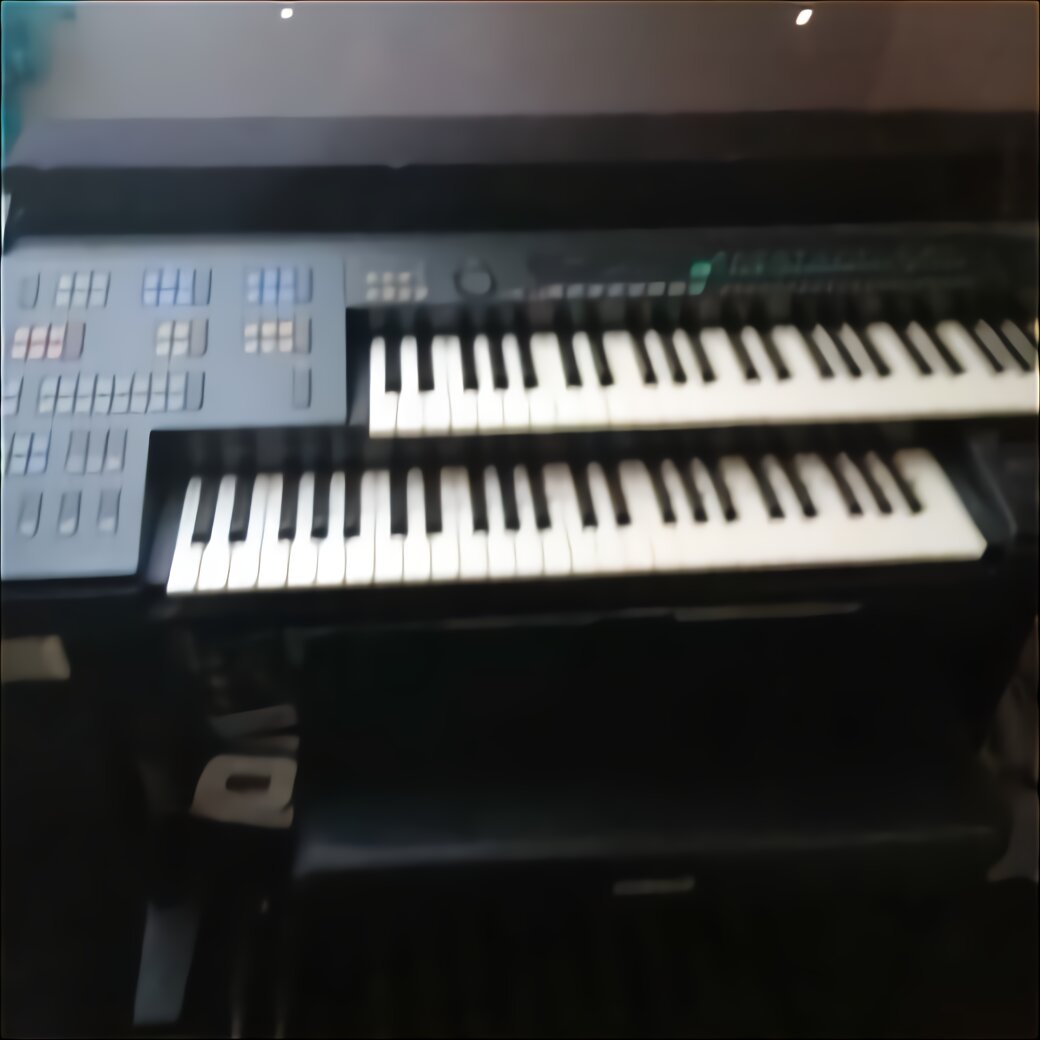
However, they had several additional features that made their sound distinctive from other Lowrey models, including "Repeat", "Glide", and "Trumpet Wow-wow" effects. The Gibson-branded organs' design and circuitry were similarly based on Lowrey's own "T-1" and "T-2" models, as well as their "TLO-R" and "Holiday" spinet models. The most popular of these was first introduced in 1966 as the Kalamazoo K-101, but was renamed the Gibson G-101 shortly thereafter. Later models įrom 1966 to 1971, Lowrey also produced combo organs for Gibson while the guitar manufacturer was owned by parent company Chicago Musical Instruments. The Gotye song "State of the Art" was written to showcase the sounds of the Lowrey Cotillion model D-575.

Mike Oldfield made use of the instrument quite extensively on his Tubular Bells album, and on several later albums as well.

To prevent feedback in the silences between notes (consequence of playing at a very high volume), Ratledge invented a style of his own avoiding the between-note gaps by soloing in legato. Mike Ratledge of Soft Machine switched from a Vox Continental to a Lowrey Holiday Deluxe sometime between late 1966 and early 1967, and used it from then on, adding a fuzzbox and plugging it into a Marshall stack. A rather surprising use of a Lowrey Organ, on a percussive "marimba repeat" setting, was the synthesizer-like background noise on The Who song " Baba O'Riley". The Lowrey Organ and its built-in drum patterns are also heard on the million-seller single, "Why Can't We Live Together" by Timmy Thomas. Furthermore, a Lowrey DSO Heritage organ was used to produce the classic opening for " Lucy in the Sky with Diamonds". Pepper's Lonely Hearts Club Band album), helping create a fairground atmosphere. The Lowrey Organ is one of several organs on The Beatles' 1967 song " Being for the Benefit of Mr. Its sound can be heard prominently on the 1968 recording of " Chest Fever", which begins with a Bach-inspired prelude/intro. Garth Hudson, the keyboardist of The Band, played a Lowrey Festival organ on many of the group's most notable songs.

Lowreys were also used by some rock groups in the 1960s and 1970s.
LOWREY ORGAN DEBUT WITH MAGIC GENIE FULL
While originally intended for the home entertainment market, Lowrey also produced theatre organs and a full 2-manual with pedal church organ. Lowrey led Hammond in the development of automatic accompaniment features in 1968, automatic rhythm was added, and in 1970 the Genie model added automatic left hand and pedal. The Lowrey organ differed from its main competitor, the Hammond organ (which also bears the name of its Chicago-based inventor), in relying from its inception on all-electronic tone generation, whereas Hammond used electromechanical tonewheels until 1975. History and notable users History įrederick Lowrey experimented with electronic organ design, trying different methods of tone generation, from 1918 until the early 1940s, when he fixed on the Eccles-Jordan circuit, a very stable flip-flop oscillator, which became a Lowrey hallmark.


 0 kommentar(er)
0 kommentar(er)
